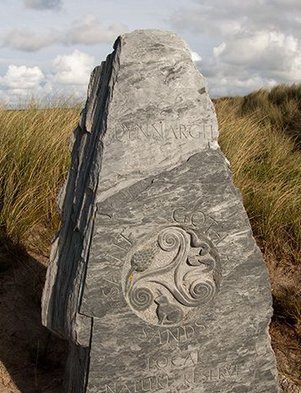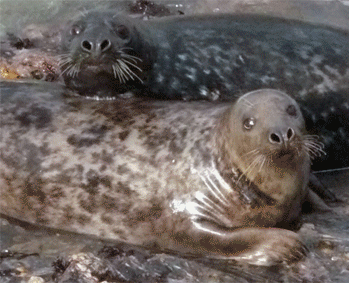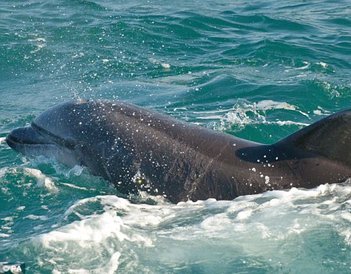Your local, independent guide to Gwithian and the Towans
The West Cornwall Local Nature Reserves (LNR) network consists of 4 main sites, all of which are connected to the Towans. All the sites have been chosen for their wildlife value. The sites are well used by locals and visitors alike for recreation and enjoyment of the natural environment.
Gwithian Towans – Probably one of the most visited dune areas in Cornwall, Gwithian Towans also boasts some amazing flora and fauna, nationally recognised through the SSSI designation that runs from Gwithian to Mexico Towans.
Gwithian Towans is common land managed by Penwith District Council and Cornwall County Council and is home to plenty of interesting and even rare plants and animals. The small pond on the cliffs is home to newts, toads and various min-beasts, butterfly populations are very healthy on the Towans in general and the spring and summer months are filled with the calls of the skylarks that nest in the grasses, in 2019 one of the rarest visitors to the uk was the brown booby, drawing birdwatchers from across the country. The new wetland behind the beach brings birds from the nearby Hayle estuary nature reserve. An RSPB renowned site. A huge amount of conservation work goes on in the area. in late summer flocks of canada geese fly in and out of the reserve every evenings. Its common to see guillemots,razorbills, cormorants and the cliffs are still home to skylark though in declining numbers.
Upton Towans – Previously the site of the National Explosives factory until 1945, Upton Towans is a fantastic example of the power of nature. Beautiful dunes now almost entirely conceal the history of Upton Towans with the occasional derelict building reminding us of the past. If you look carefully at some of the dunes you will see they are actually square and the legacy of dynamite bunkers.
Upton Towans is owned by Cornwall County Council and managed by the Cornwall Wildlife Trust. As part of the SSSI, like Gwithian Towans, Upton is home to many interesting species. You may be luck enough to see one of the area adders which are nationally protected animals. Be careful to stand well back as they can give you a nasty bite. Often migratory birds take a rest in the area so look out for unusual birds too. With summer comes a carpet of flowers, the most obvious being the pyramidal orchid.
Red River Valley LNR – Running (not continuously) from Camborne to the sea at Gwithian the Red River LNR is another fine example of natural regeneration. As one of the most industrialised valleys during the mining period, the Red River LNR is now a partially wooded valley, with areas of heath and some beautiful lakes and ponds along the way. Some great wildlife has been spotted on the Reserve including badgers, foxes, otters, woodpeckers and a whole array of butterflies and insects. The plants are very special too. The area is still regenerating and lots of conservation work goes on to clear areas for habitat improvements and to create better access to previously hidden places.
Gwithian Green LNR – Gwithian Green is a small reserve situated in the heart of the village and is a habitat mosaic of grassland, wetland and woods. A very quiet reserve highly valued by the local residents, you are invited to enjoy the tranquillity and wildlife of this area in very small groups to minimise disturbance or come and join in with some of the events that are held there to look at the species that enjoy the site.
Gwithian Green is common land and is managed by the Gwithian Green Management Committee, a local group of experts and enthusiasts, with the help of the Community Liaison Officer. A volunteer group is being established to help with conservation activities in the area and provide training for interested persons.
There are also a number of other LNRs and Country Parks in the area. These include:
Tehidy Country Park – The legacy of the Basset’s Estate and a great place for a day out in the wood
Steeple Woods LNR – On the outskirts of St Ives this is a true community project and a lovely place to walk and enjoy the ever expanding woods. There are also lots of opportunities to get involved.
Links and Contacts
Butterfly Conservation http://www.butterfly-conservation.org
Cornwall County Council http://www.cornwall.gov.uk
Kerrier District Council http://www.kerrier.gov.uk
Cornwall Wildlife Trust http://www.cornwallwildlifetrust.org.uk/
Surfers Against Sewage http://www.sas.org.uk
BTCV http://www.btcv.org
Important links
WEBCAM AND SURF REPORT
Dog Restriction: No dogs anywhere on the beach between 10am and 6pm 1st July - 31st August.'
Seals are very much a part of our common wildlife with breading sites below Godrevy Head
Dolphins are a regular sight off the coast at Gwithian.
Bottlenose dolphins have been spotted off the coast of Cornwall with a pod of 28 of the animals settling there permanently.




